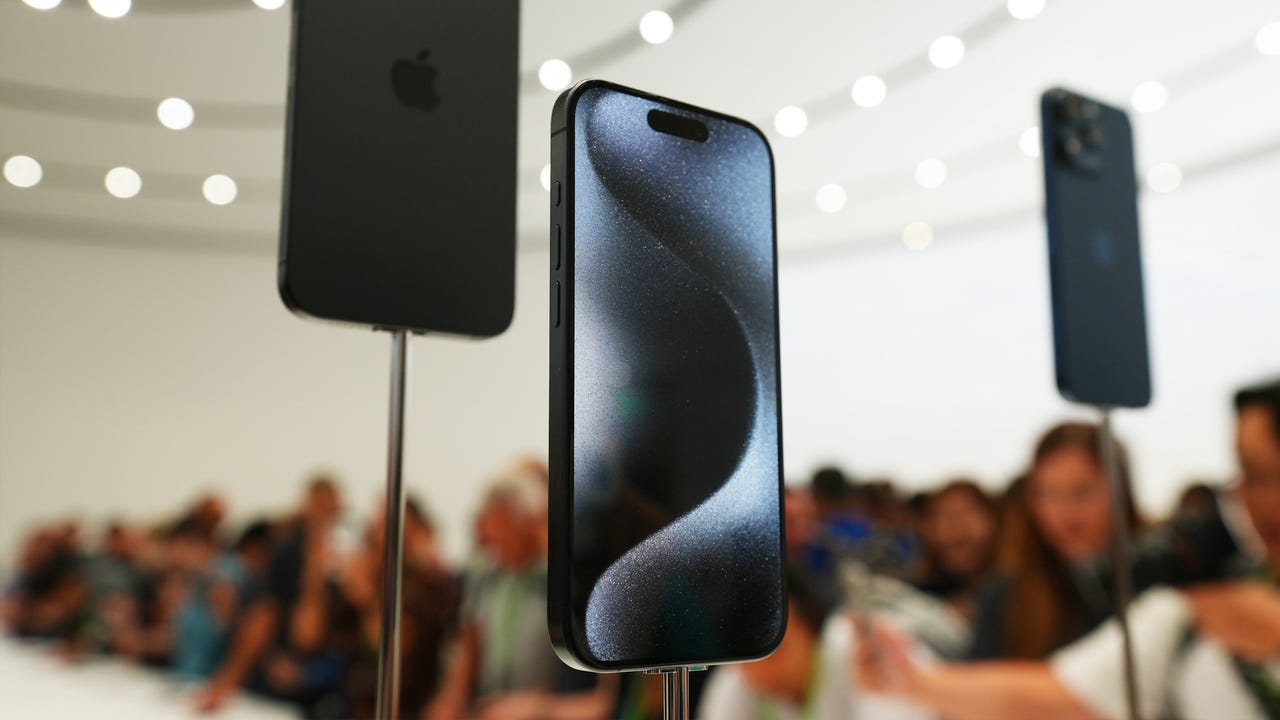'ZDNET Recommends': What exactly does it mean?
ZDNET's recommendations are based on many hours of testing, research, and comparison shopping. We gather data from the best available sources, including vendor and retailer listings as well as other relevant and independent reviews sites. And we pore over customer reviews to find out what matters to real people who already own and use the products and services we’re assessing.
When you click through from our site to a retailer and buy a product or service, we may earn affiliate commissions. This helps support our work, but does not affect what we cover or how, and it does not affect the price you pay. Neither ZDNET nor the author are compensated for these independent reviews. Indeed, we follow strict guidelines that ensure our editorial content is never influenced by advertisers.
ZDNET's editorial team writes on behalf of you, our reader. Our goal is to deliver the most accurate information and the most knowledgeable advice possible in order to help you make smarter buying decisions on tech gear and a wide array of products and services. Our editors thoroughly review and fact-check every article to ensure that our content meets the highest standards. If we have made an error or published misleading information, we will correct or clarify the article. If you see inaccuracies in our content, please report the mistake via this form.
To stop the iPhone 15 from overheating, will Apple have to make it run slower?
There's little doubt that the iPhone 15 Pro is suffering from excessive heating. We have enough documented evidence to prove this. However, the extent of the issue and its root cause remain a mystery.
TF International Securities analyst and Apple watcher Ming-Chi Kuo has a theory.
Also: iPhone 15 overheating? Here's what to know and do
He believes the problem is not related to the A17 Pro chip itself, but instead "likely the compromises made in the thermal system design to achieve a lighter weight," which resulted in a "reduced heat dissipation area" and "the use of a titanium frame," all of which combine to "negatively [impact] thermal efficiency."
OK, that's the problem, but what about the fix?
The fix may very well be hard for some to swallow.
Kuo believes that Apple will patch this using software updates, but "improvements may be limited unless Apple lowers processor performance."
In other words, Apple will need to make the iPhone 15 Pro slower.
Also: Apple pro tips: The best new features in iPhone 15, iOS 17, and Apple Watch unlocked
Kuo also has a stark warning to Apple that if this issue is not addressed, it could "negatively impact shipments over the product life cycle of the iPhone 15 Pro series."
OK, let's take a step back here.
Apple, just as every other reputable company launching a new product, will have extensively tested the new iPhone under a great many conditions, and one of those will have been high load. Apple will have designed and tested the thermal dissipation mechanisms (the way it dissipates heat) long before iPhones started rolling off the production line and into the hands of users.
This means one of two things.
First, Apple knew about this problem and let it slide.
Also: iPhone 15 Pro users can replace Siri with ChatGPT. Here's how
Considering the iPhone's prominence as Apple's flagship product and how even minor negative feedback would quickly become widespread, I find it hard to believe that Apple would play a "ship it and see what happens" game.
If Kuo is right and this is indeed a thermal issue based on design, then I find it unlikely that Apple didn't know about this already. And the solution will likely be that Apple will have to throttle down performance to mitigate this excessive heating issue.
Would this throttling be noticeable to iPhone 15 Pro owners? Probably not. The A17 Pro has separate high-performance and high-efficiency cores, and better load balancing between these cores could solve the problem with minimal effect on performance.
The same logic applies to charging. Apple will have tested fast charging extensively before users started needing to charge them. I don't think that this is an inherent issue with charging. Charging and battery management tech are pretty well established, and while battery problems can happen, they're incredibly rare.
Also: A17 Pro deep dive: A look at Apple's new iPhone 15 Pro chip
The other possibility (I think it's the more plausible one) is that something changed between testing and shipping.
Maybe it's a bug. Some developers could have thought they could squeeze more power from the processor by shifting more work to the high-performance cores. Or, maybe some deep tweak in iOS code is causing the GPU or machine learning chip to run amok. There could also be something unexpected happening when the handset is fast charging.
It could also be a hardware bug.
Perhaps a last-minute change was made to a component. Given that Apple sometimes sources identical components from multiple suppliers, discrepancies between these components might be causing the issue.
It could also be a manufacturing or component defect.
Also: 5 reasons to skip iPhone 15 Pro Max and wait for iPhone 16 Ultra
The likely solution to many of these problems will come in the form of a software patch. As has been demonstrated by the iPhone 12 radiation story, software patches can fix a lot of things.
In the worst-case scenario, where a hardware defect is identified, the faulty hardware might need replacement. Instead of a recall, Apple would probably treat this as a support issue, offering affected customers an exchange opportunity.
For now, we're speculating in the dark, and we'll have to await Apple's response.
